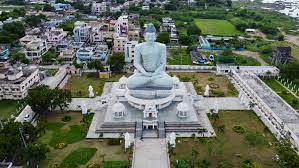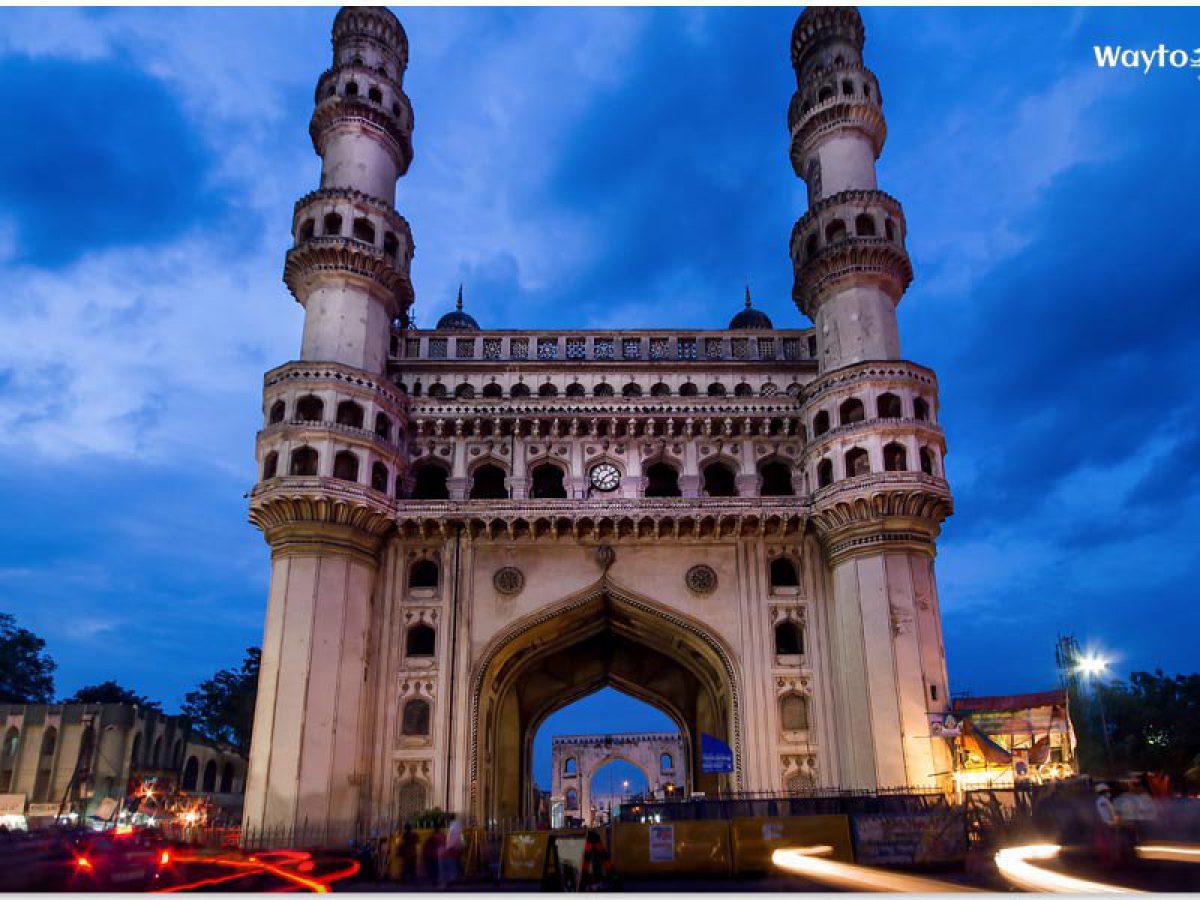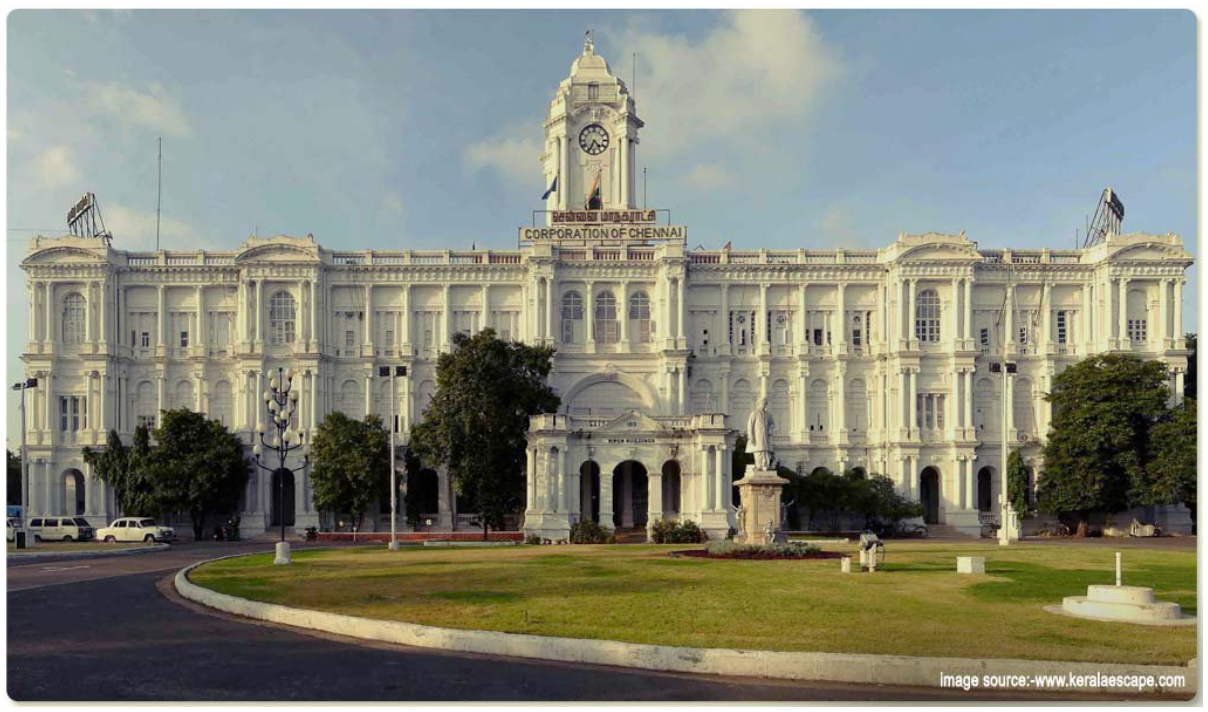
AMARAVATHI
Amaravathi was part of Delhi Sultanate, Musunuri Nayaks, Bahmani Sultanate, Vijayanagara Empire, Sultanate of Golconda and Mughal Empire successively before the founding of the Nizam of Hyderabad in 1724. It was ceded to France in 1750 but was captured by England in 1759.

charminar
Charminar is one of the greatest monuments situated in India that has immense significance. It was constructed in the year 1591 and has been standing tall since then as the popular icon of Hyderabad. It also has a mosque in its architecture representing the Indo-Islamic conglomeration of art and culture.

CHENNAI
Chennai, formerly Madras, city, capital of Tamil Nadu state, southern India, located on the Coromandel Coast of the Bay of Bengal. Known as the “Gateway to South India,” Chennai is a major administrative and cultural centre. Pop. (2011) city, 4,646,732; urban agglom., 8,696,010.

